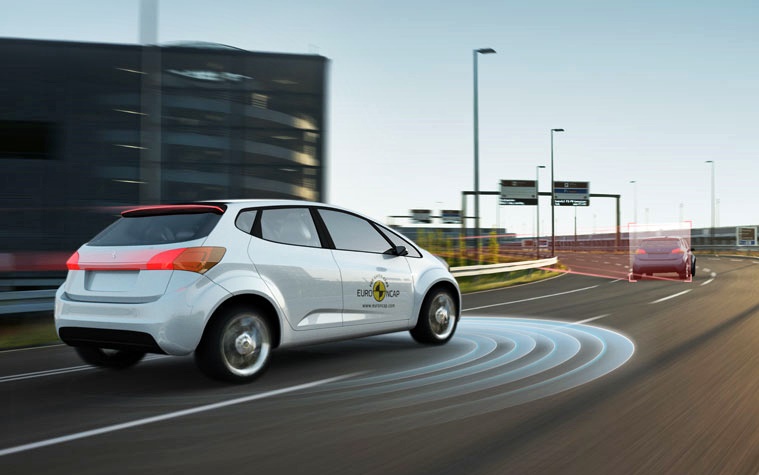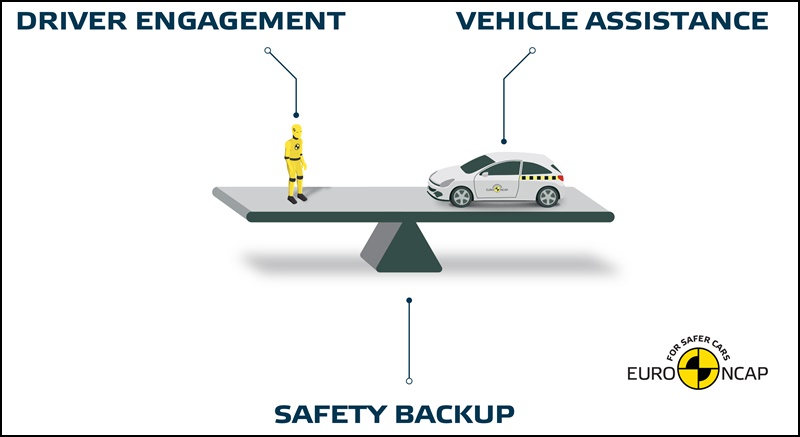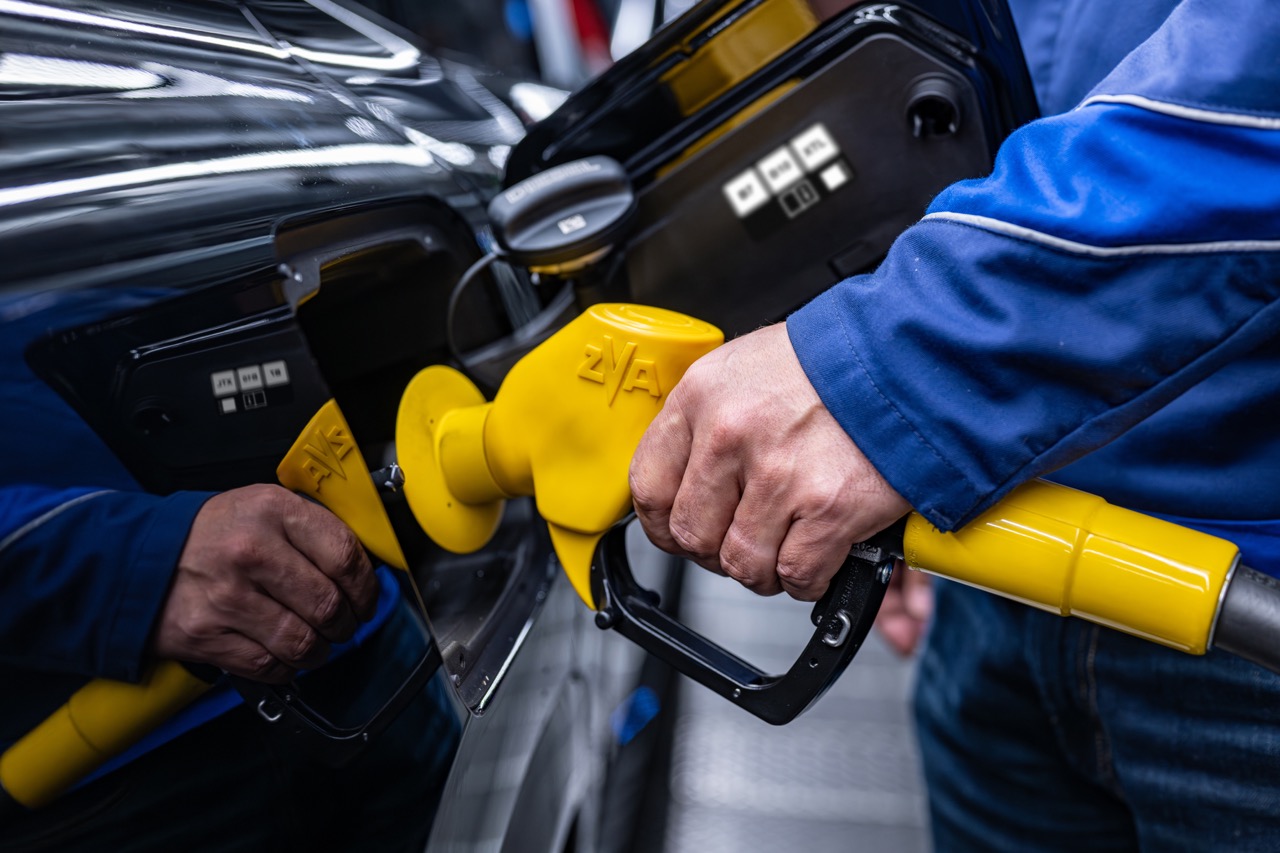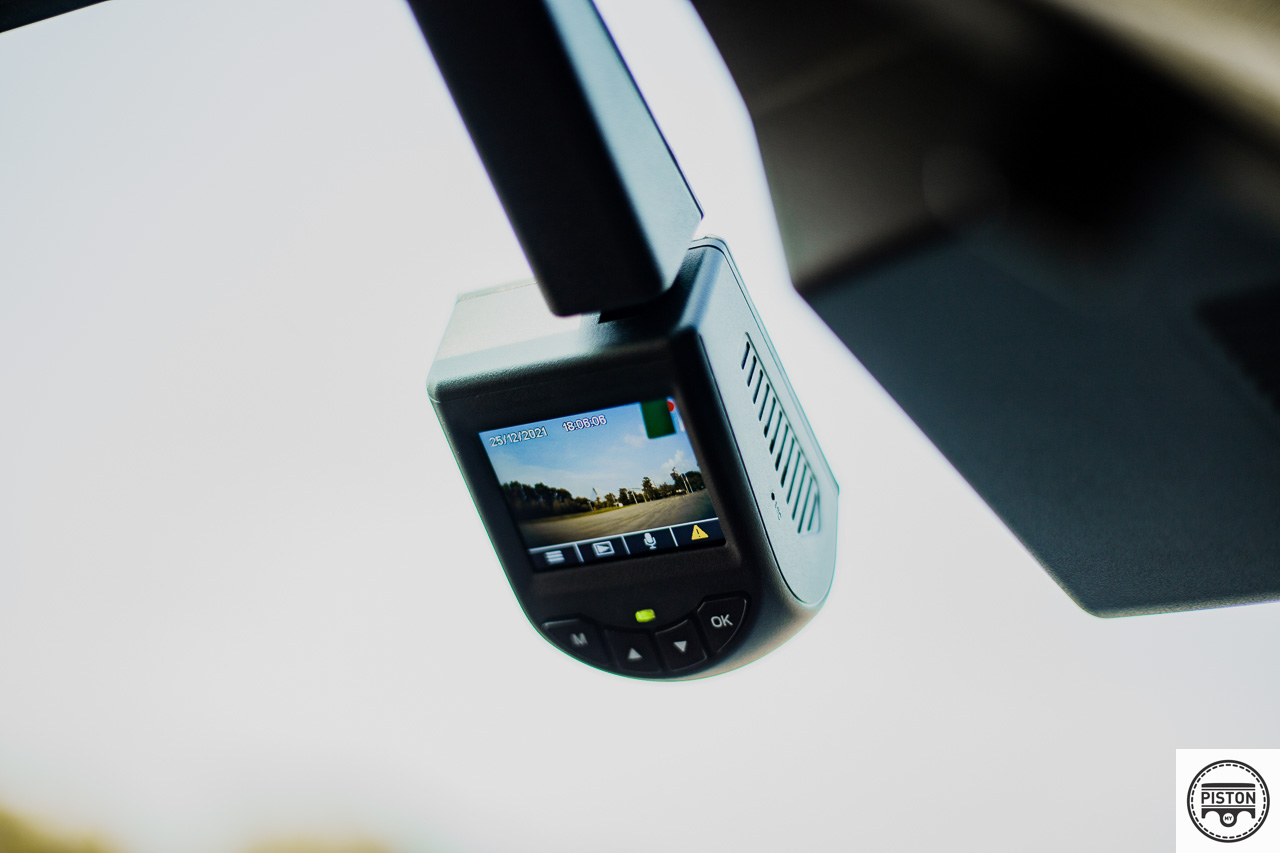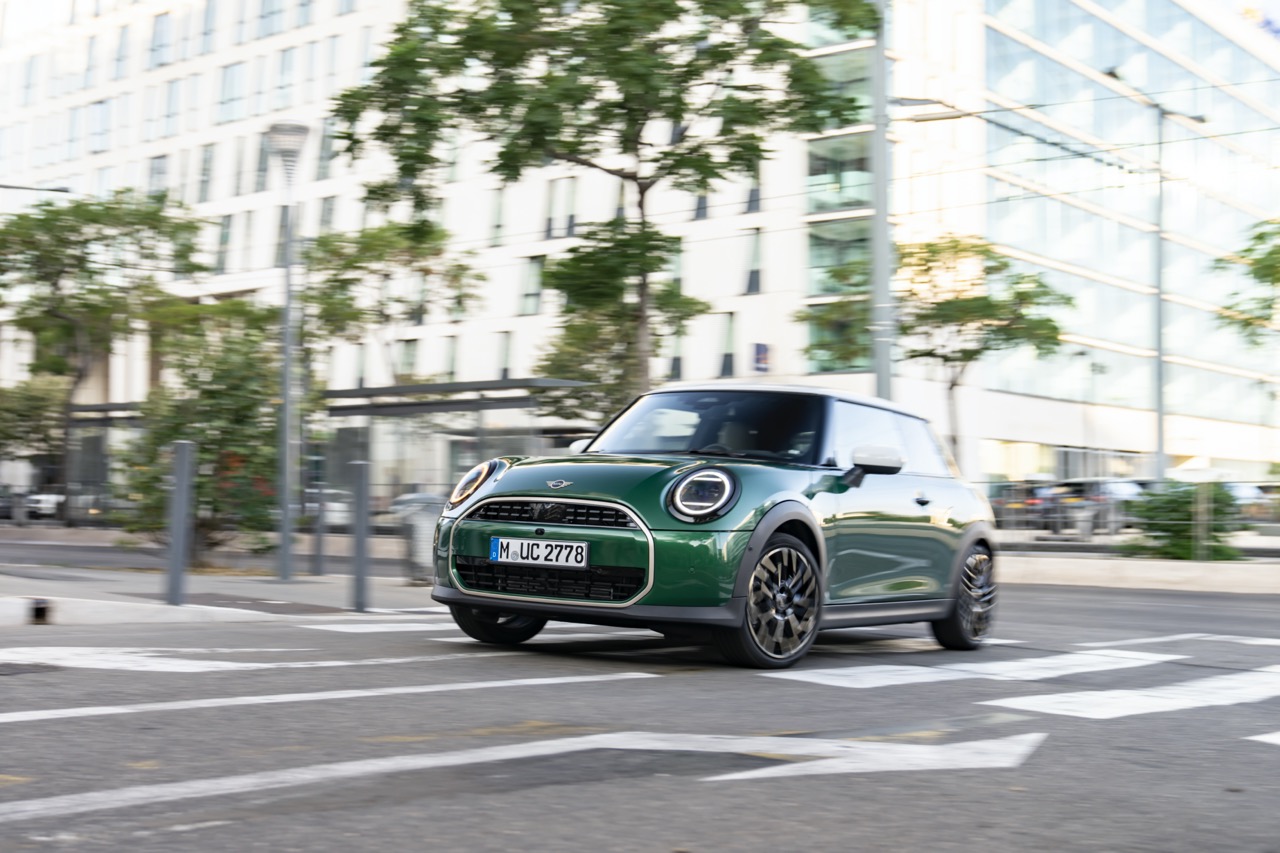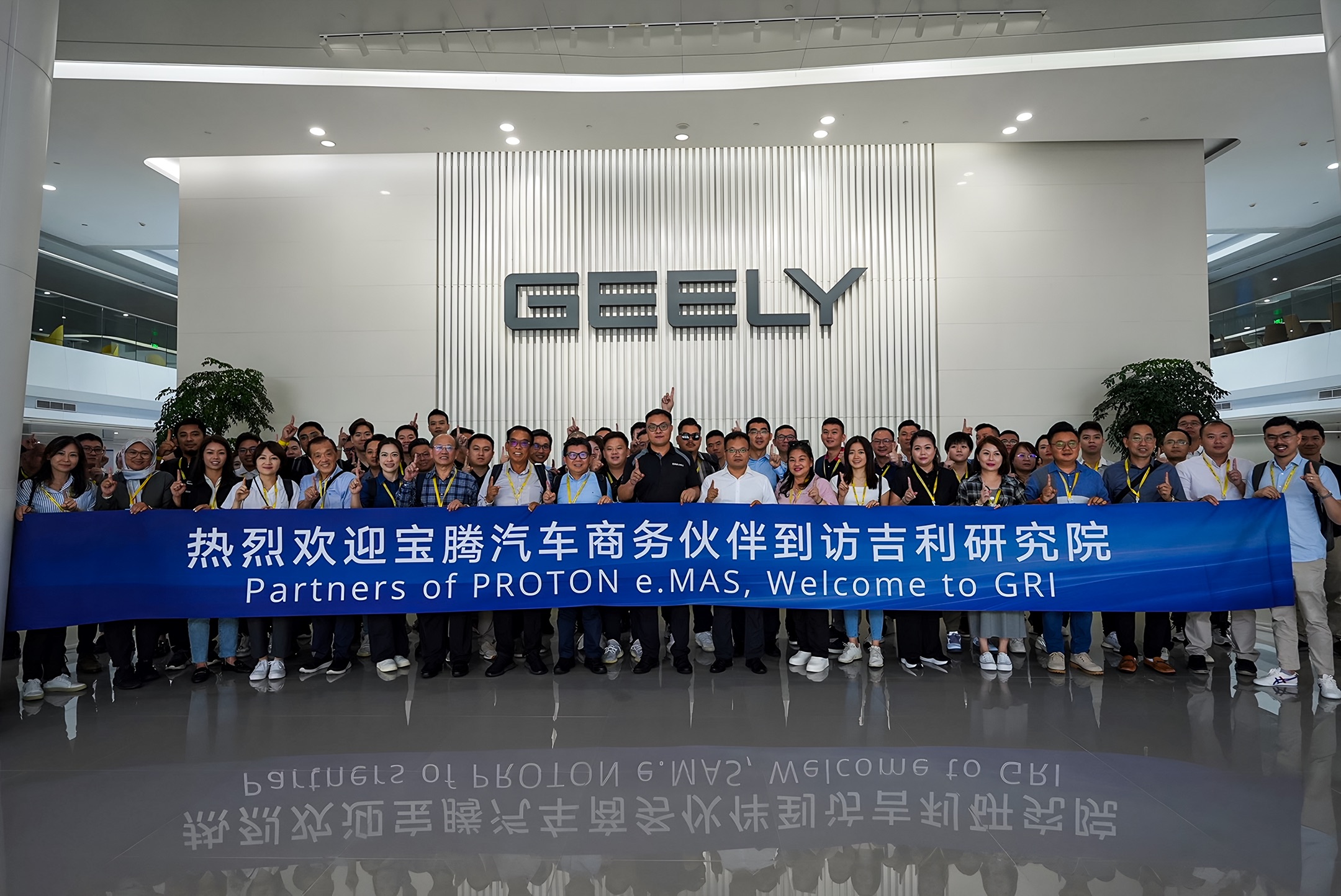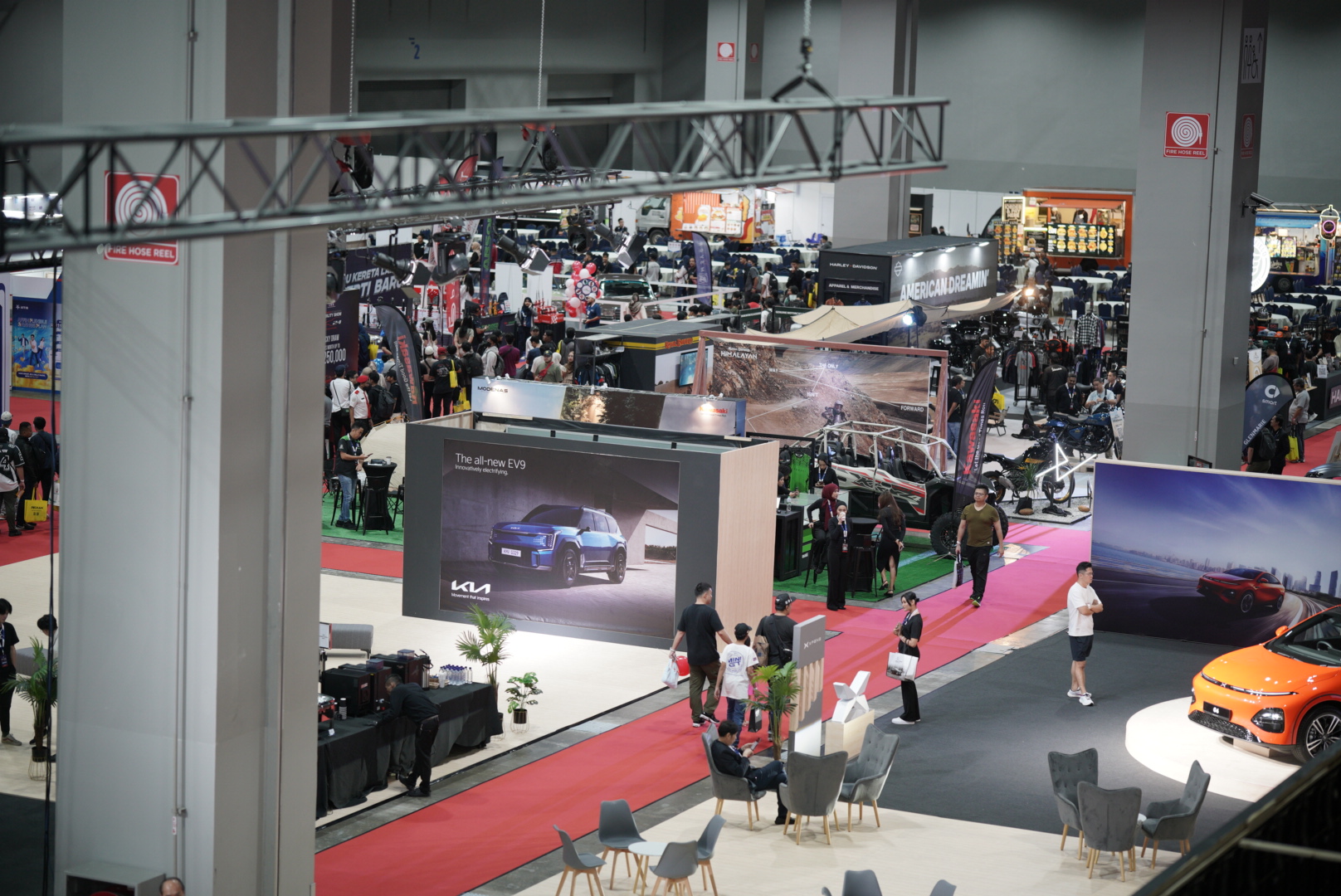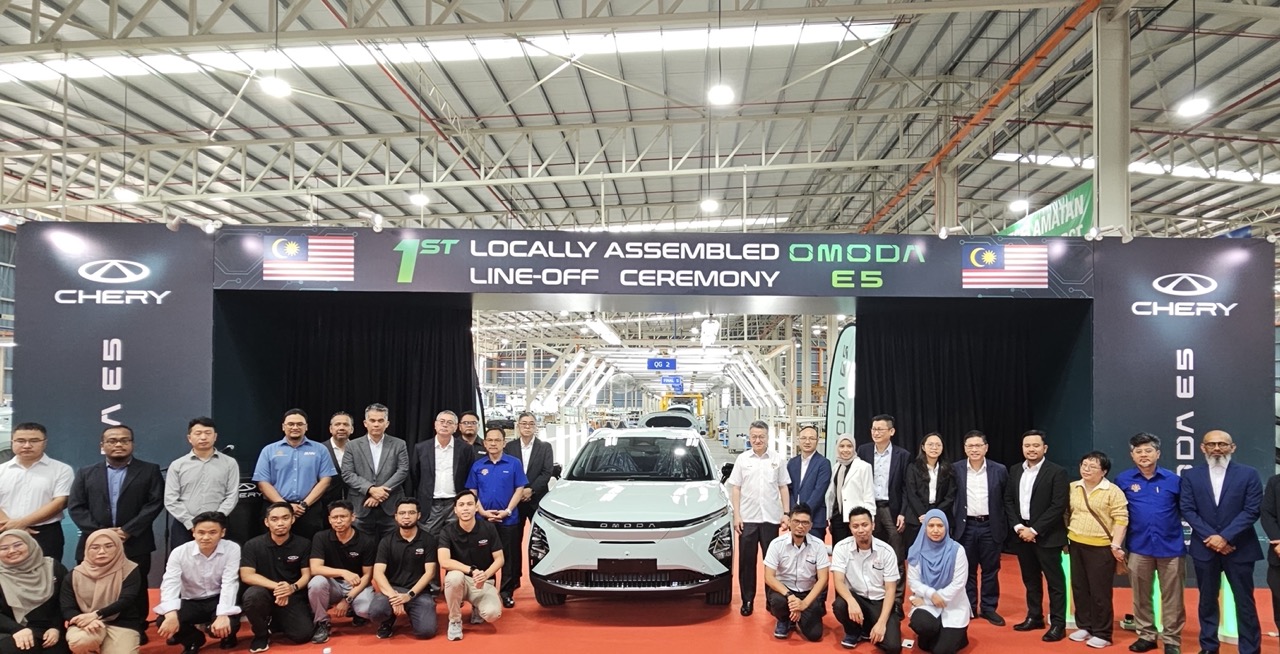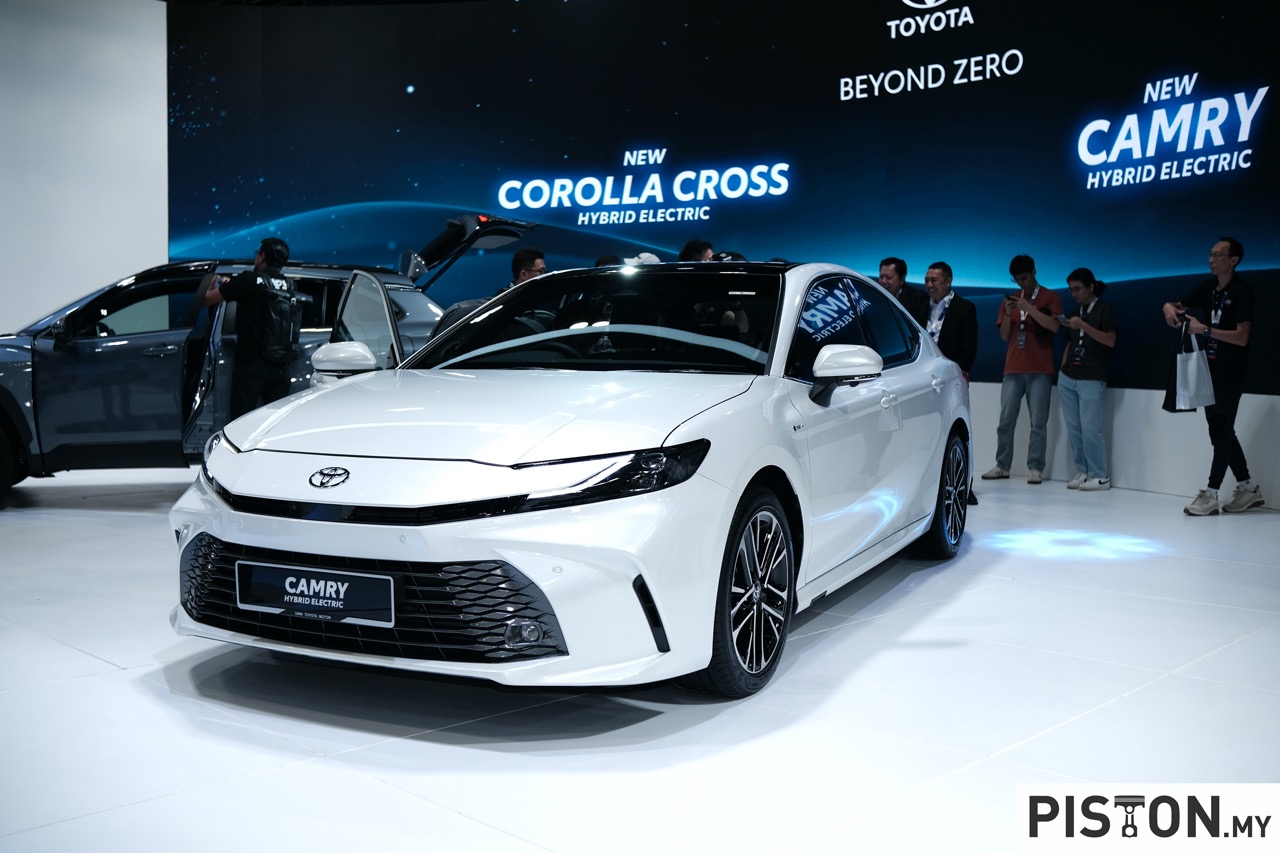Euro NCAP, the independent organization which evaluates the safety levels of vehicles sold in Europe, has developed a dedicated test and assessment protocol, as well as a grading system for its Highway Assist tests. These tests are aimed at ensuring the safe adoption of assisted driving technologies and to provide consumers information to make their buying decisions.
Increasingly, vehicle manufacturers have been making use of the sensor-sets fitted to their vehicles to provide more extensive support to the driver. This is a prelude to greater autonomous motoring that will come in future.
Highway Assist
Highway Assist, the general name for a technology designed to make highway driving safer, helps by reducing fatigue. The system can help the driver to maintain a steady cruising speed, and to keep a safe distance from the vehicle in front. Such systems are generally known as Adaptive Cruise Control and can be found on an increasing number of models.
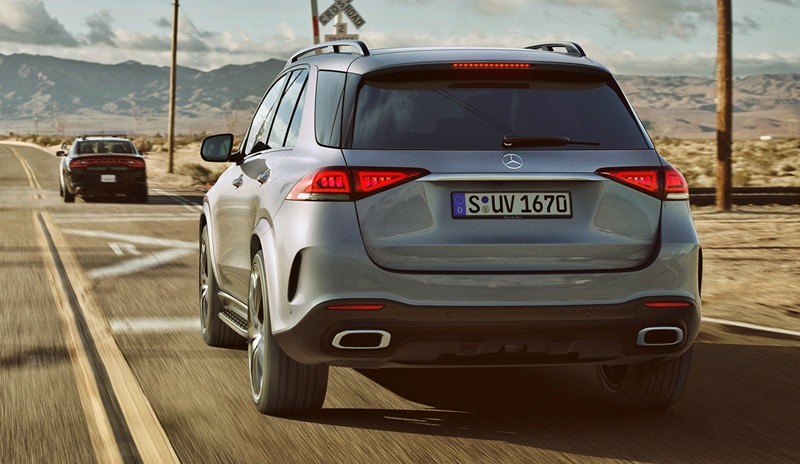
There is also a system to help keep the vehicle within its lane, with sensors monitoring lines on the road for guidance. If the vehicle is found to be departing from the lane, the driver will be alerted and some systems can also exert force to guide the vehicle back into the correct position in the lane.
However, the driver always needs to be responsible and engaged behind the wheel – the assisted system is there to do just that – assist. The systems are not flawless and should not lead or have full control, at least not at this stage in semi-autonomous motoring.
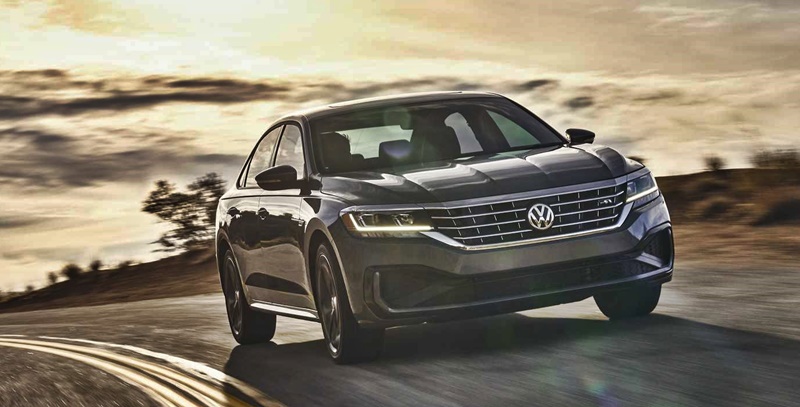
The test series has so far covered 10 models that offer Highway Assist – the Audi Q8, BMW 3-Series, Ford Kuga, Mercedes GLE, Nissan Juke, Peugeot 2008, Renault Clio, Tesla Model 3, Volkswagen Passat and Volvo V60.
Euro NCAP’s new assessment protocols focus on two main areas: Assistance Competence – a balance between the technical competencies of the system (Vehicle Assistance) and the extent to which it keeps the driver alert and engaged (Driver Engagement) – and Safety Back-up, the car’s safety net in critical situations.
A unique grading system – similar to the 5-star safety rating – helps consumers understand the conclusions of the tests and compare assistance performance at the highest level. Each model falls into one of 4 categories: Entry, Moderate, Good and Very Good.
The findings
Three models in the premium segment – the Mercedes-Benz GLE, the BMW 3-Series and Audi Q8 – were graded Very Good, achieving a good balance between offering a high level of driving assistance but keeping the driver engaged and in control of the driving task. They also provide a good crash avoidance back-up system and respond appropriately if the driver becomes incapacitated while the car is in assistance mode.
High volume sellers Renault Clio and Peugeot 2008 were both given an Entry grade. Lacking the sophistication of the more advanced systems tested, they provide a relatively modest level of assistance, ensuring that the driver is not disengaged from the driving task.
Tesla’s pioneering role in self-driving technology is reflected in its top scores for Vehicle Assistance and Safety Back-up. However, its Autopilot system was found to do little to keep the driver engaged. Its distinct steering strategy gives the impression that either the car is driving itself or the driver has full control, and the system is more ‘authoritarian’ than cooperative. Grading-wise, the car is badly let down by its performance in Driver Engagement and ended up ranked ‘Moderate’.
The Volkswagen Passat, Nissan Juke and Volvo V60 were also graded as Moderate. In particular, the Volvo, already on the market for a few years, shows that rapid advancements made in driving assistance technology require more frequent updates to keep up with premium cars. Finally, Ford’s latest Kuga achieved a Good grading, demonstrating that well-balanced, advanced systems are also available on mainstream mid-class vehicles.
Improved driver monitoring necessary
“Assisted driving technologies offer enormous benefits by reducing fatigue and encouraging safe driving. However, manufacturers must ensure that assisted driving technology does not increase the amount of harm incurred by drivers or other road-users compared to conventional driving. The best systems offer a balance between the amount of assistance they provide and the level of driver engagement – and should be supported by an effective safety back-up,” noted Dr. Michiel van Ratingen, Euro NCAP Secretary General.
“The results of this round of tests demonstrate that driving assistance is fast becoming better and more readily available, but until driver monitoring is significantly improved, the driver needs to remain responsible at all times.”
Euro NCAP assessments become tougher in 2020 with new protocols




